CARTE BLANCHE LIGHT CONE
PROGRAMME
Sala (S8) Palexco | Saturday June 3rd | 5:00 p.m. | Free entry to all venues until full capacity. It will not be possible to enter the venues after the screening has started.
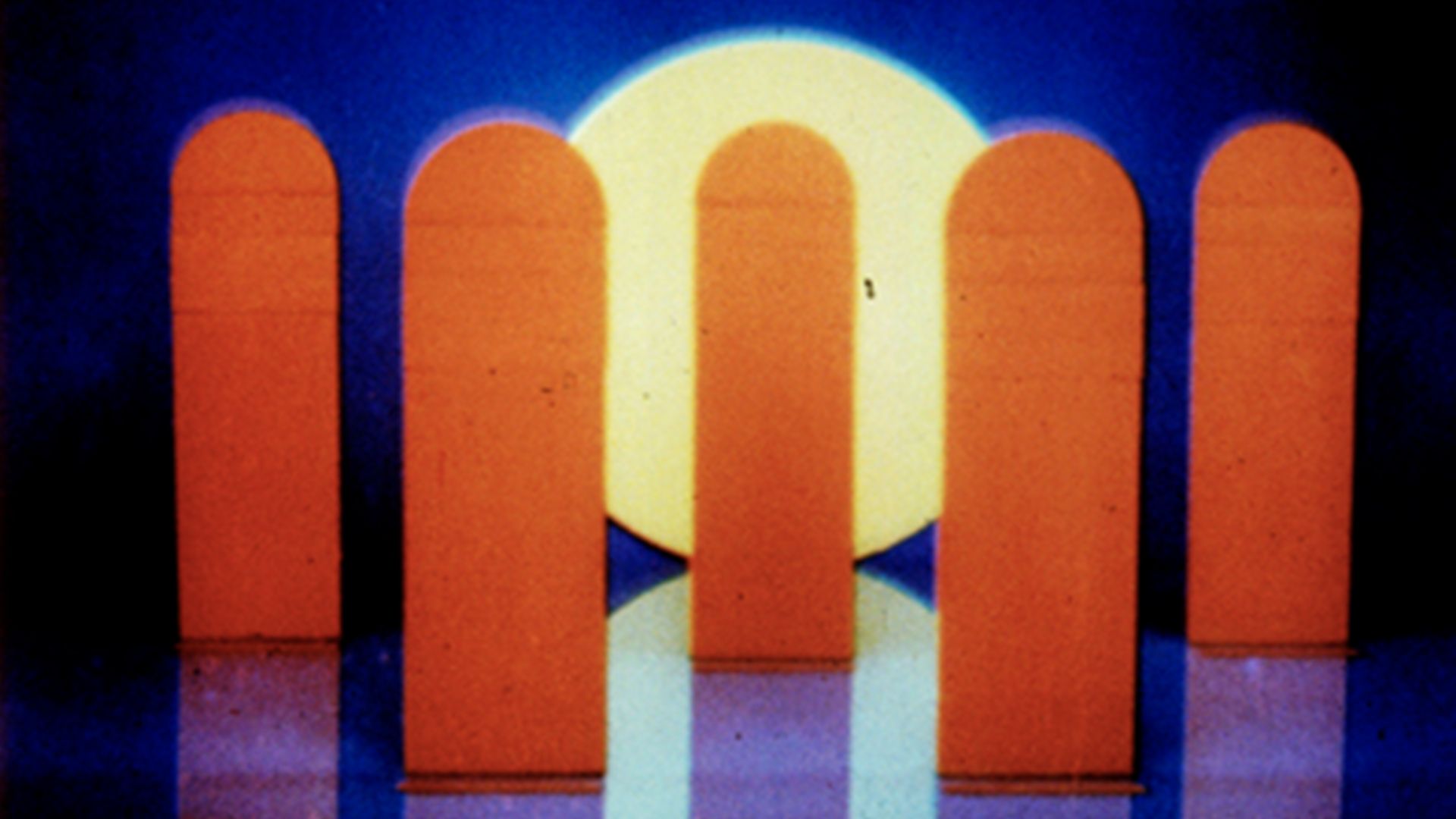
KOMPOSITION IN BLAU
Oskar Fischinger, Germany, 1935, 35 mm to 16 mm, 4 min.
“At the time when he was doing commercials to earn money, Fischinger worked on Komposition in Blau for the sake of his own pleasure and delight in experimentation. Whereas in previous films he had used a single animation technique, here he rolled out half a dozen new techniques. […] The beauty of coloured geometric shapes is transformed into the frenetic magic of the impossible.” (William Moritz)

LANDSCAPE
Jules Engel, USA, 1971-78, 16 mm, 4 min.
“Pure colour frames blend and flicker into one another. Engel defined this film as a field of colour painted in time. […] The reduction of choreography to intermittent sequences without internal gestures or articulations rivals the most radical minimalist experiments of John Cage and Merce Cunningham.” (William Moritz)
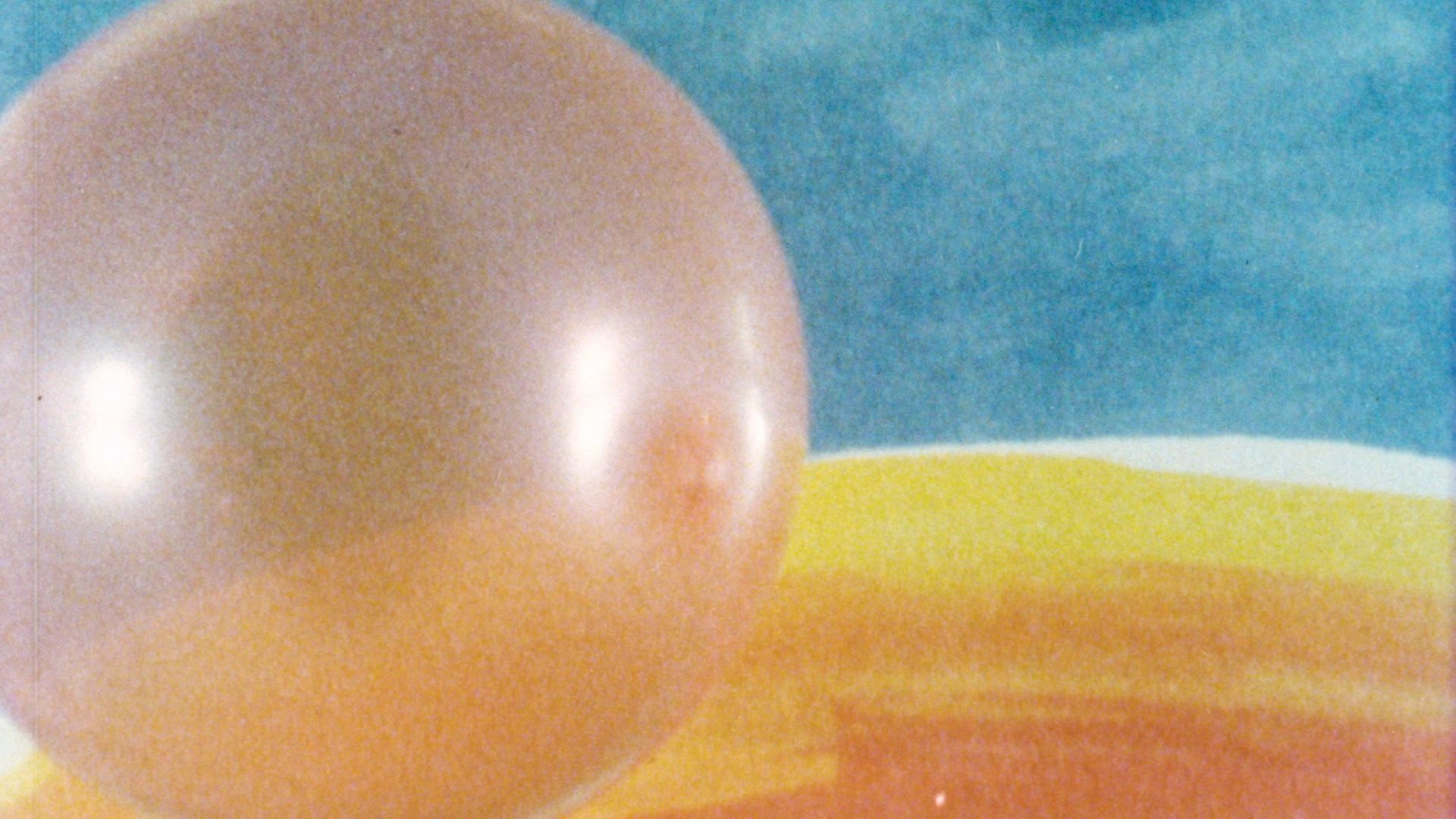
TRIAL BALLOONS
Robert Breer, USA, 1982, 16 mm, 6 min.
“Breer picks and chooses from out of the amalgamation and recreates the chaos. […] In a visible discontinuity that makes up the concrete side of his method, he lends order to a flow that rolls out powerfully from the beginning to the end of the film like a whirlwind, a spiral in which one’s eyes and brain get caught up. (Jennifer Burford)
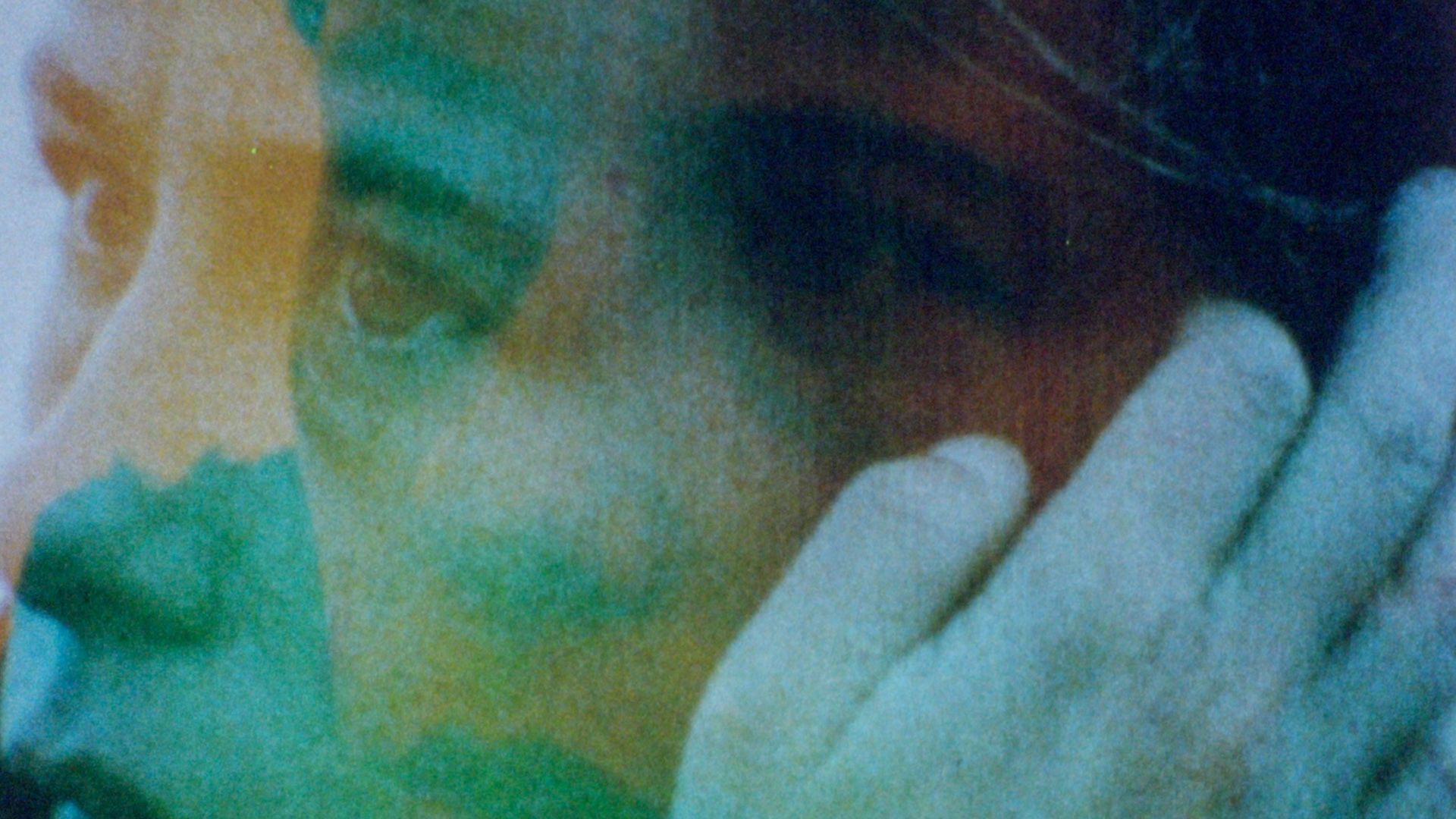
GRAPHOLETTI
Françoise Thomas, France, 1991, 16 mm, 6 min.
“A thing or a being veiled by light: we stare at it attentively and our eyes shut to attract it towards us, and thus we observe the silhouette that the light leaves imprinted on the inside of our eyelids. The echo of the thing, of this being, has halted halfway, brushing aside a lock of hair, and her gaze moves away from the image, two, three times. […] Flipped twice, three times within the wave, the whirlwind, she floats in an architecture of colours, bewitched. The water surrounds her reef and she continues to spin, smiling.” (Sandra Reid)
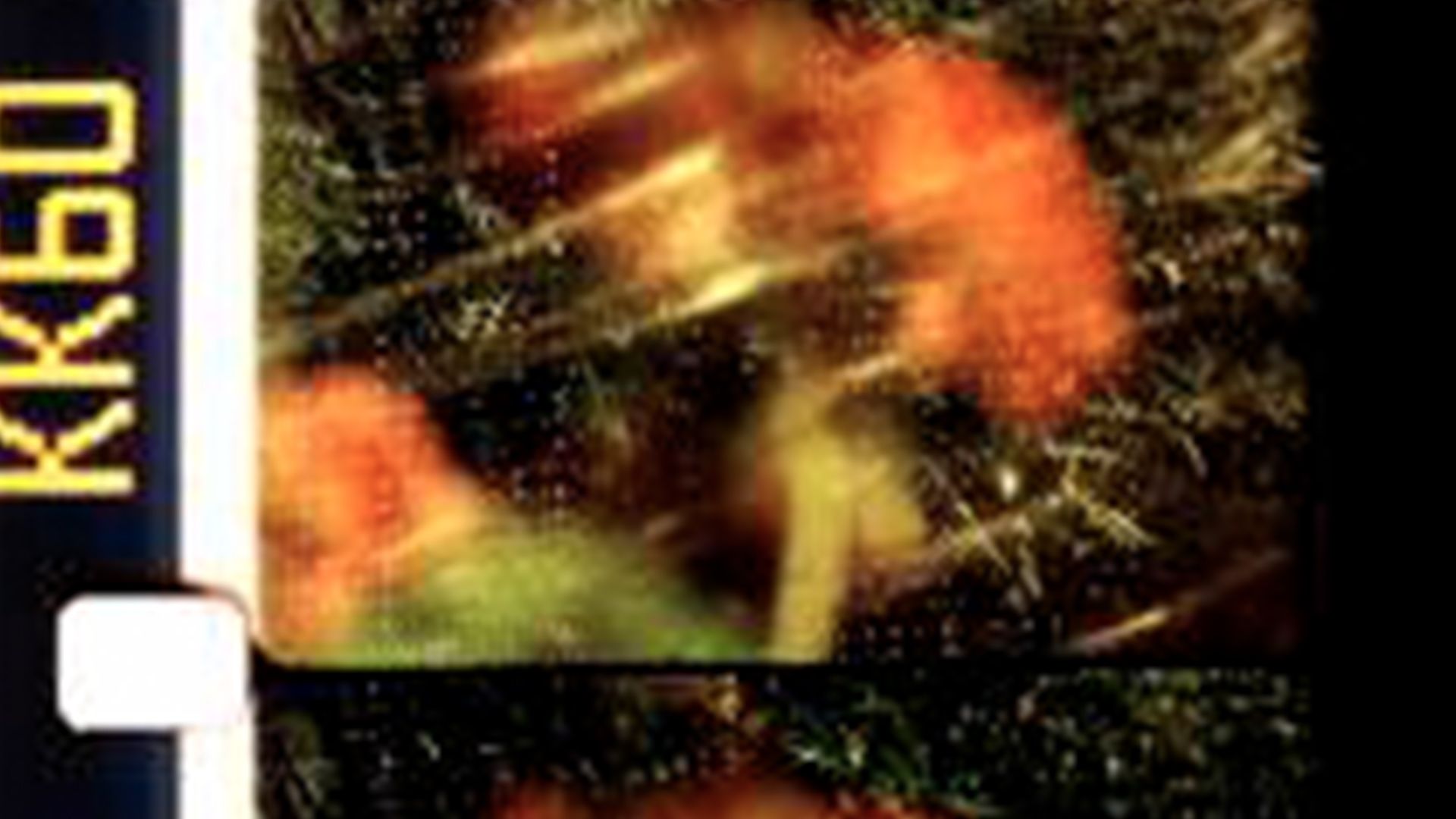
QUATTRO STAGIONI
Giovanna Puggioni, France, 1999, 16 mm, 4 min.
“For twenty years I lived in the same flat in Paris. The landscape I used to look at through the window became my home, my living space. […] When I left, I made this film to physically keep with me images, details, lights, colours and textures whose existence was essential for me to view. I filmed still shots, interspersed with blacks of varying duration. I superimposed different shots six times on the same film, changing their duration as well as the duration of the black ones.” (Giovanna Puggioni)
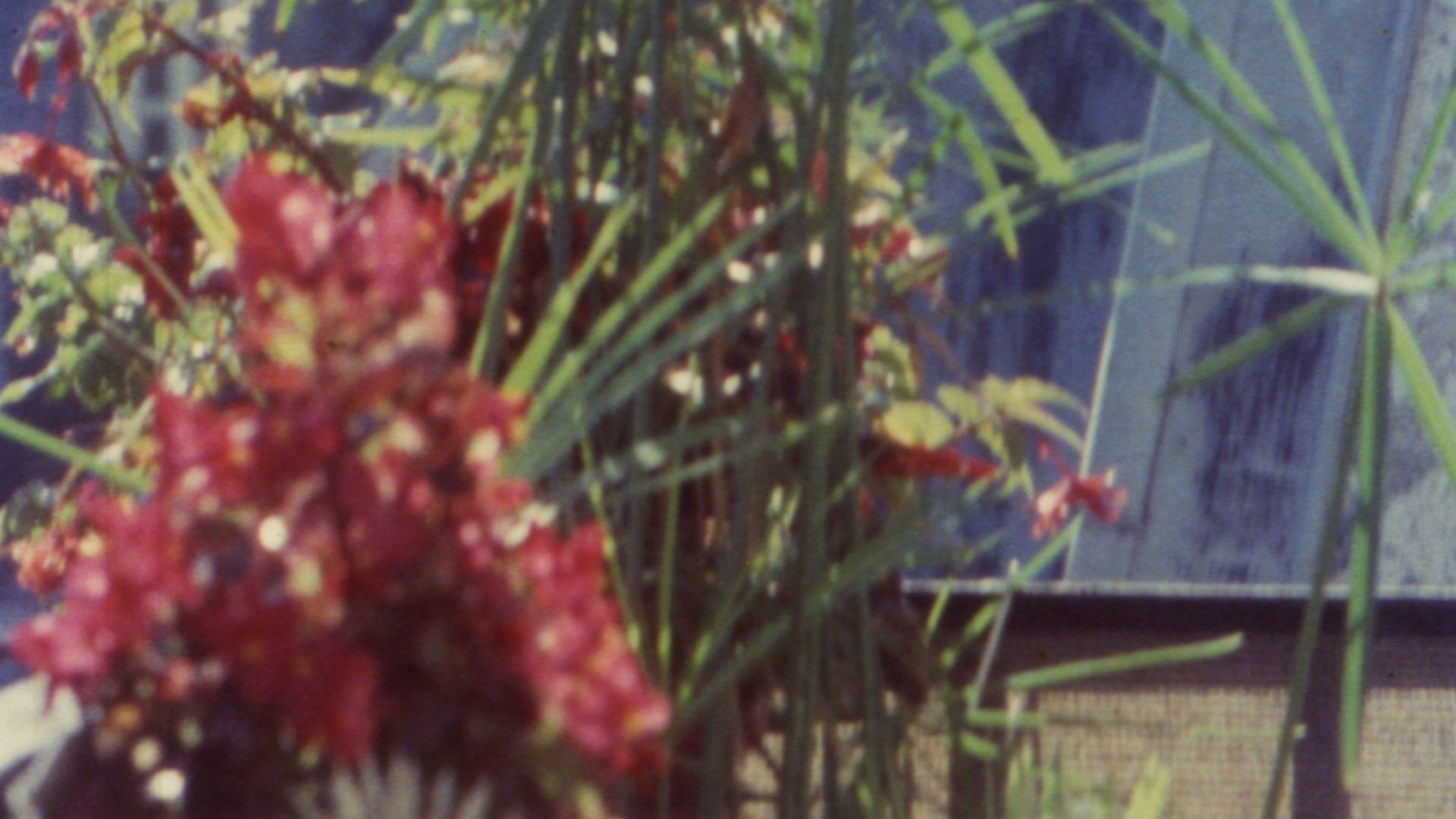
DIVERS-ÉPARS
yann beauvais, France, 1987, 16 mm, 12 min.
“This film is made up of a series of found shots or sequences of cities where I often go which, upon editing them, show a fluidity and continuity that eludes a narrative. The montage lends shape to the sequences according to various arrangements that respect the film’s possible direction: passing from one place to another, from one movement to another. Passing, going from one point to another, means transforming, becoming another.” (Yann Beauvais)
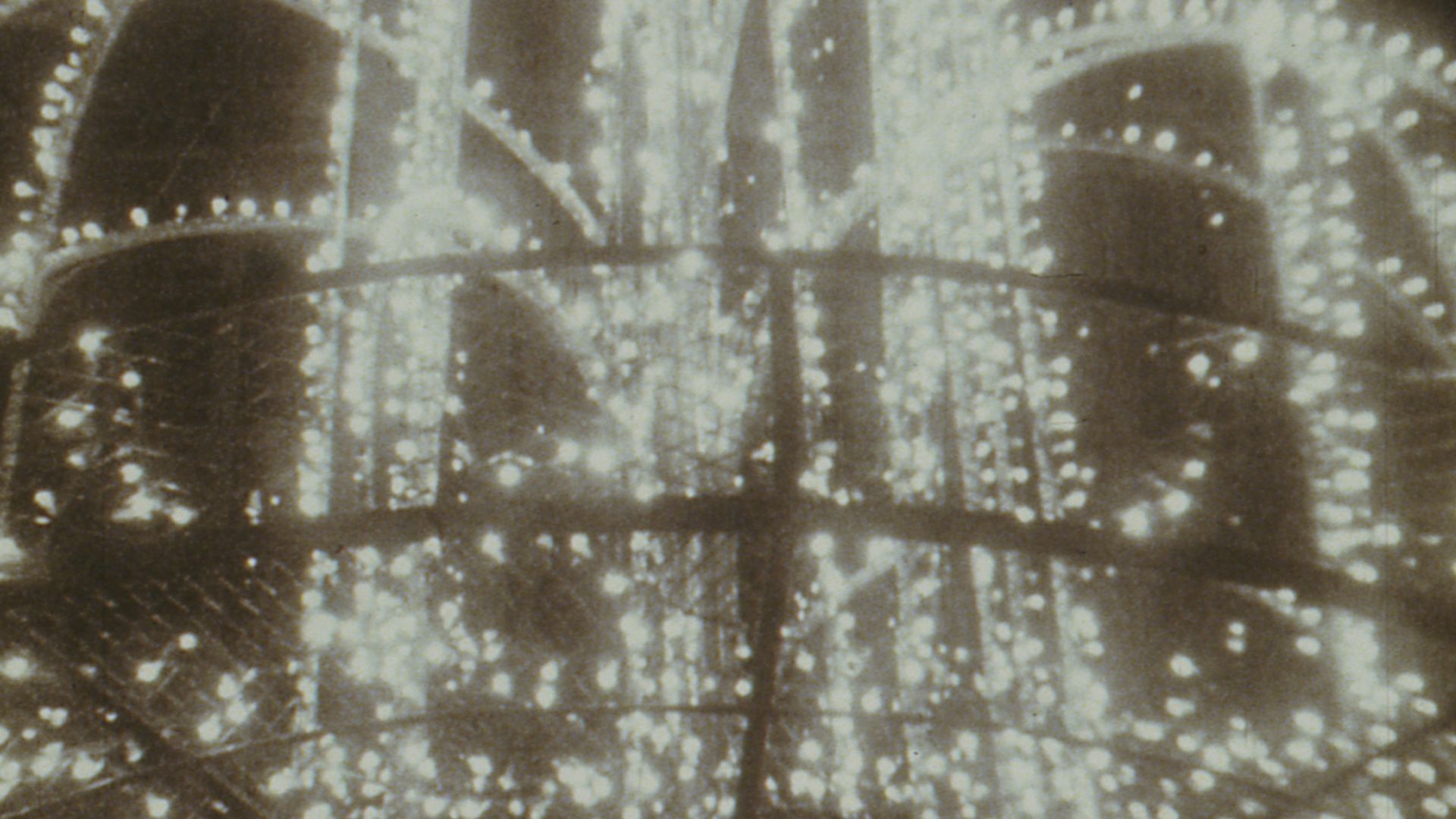
OBLIVION
Tom Chomont, USA, 1969, 16 mm, 6 min.
“Tom began working with very small fragments of film that he re-shot over and over again; he repeated, inverted or copied them in high-contrast black and white so as to produce variations. These variations overlap each other to produce very short, intense meditations. […] Every detail rubs up against another; upon intersecting they produce and trace out small changes that provide a condensed version of perception.” (Mike Hoollmboom)
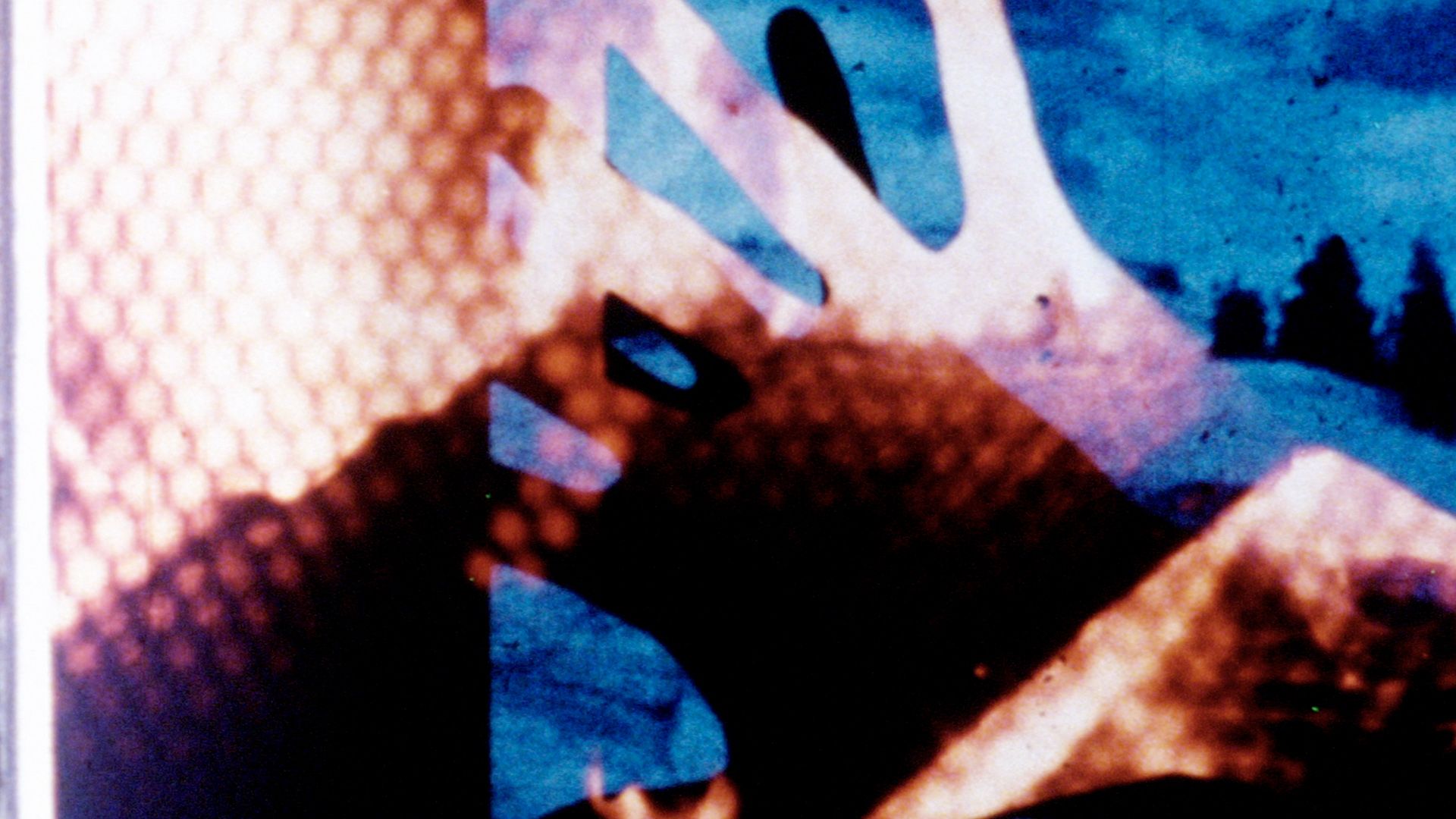
PLACE MATTES
Barbara Hammer, USA, 1987, 16 mm, 8 min.
Mobile masking of the artist’s body in Puget Sound, Yosemite and Yucatan. As the figure and the background are presented as two flat relationships made two-dimensional by means of optical printing, the artist (the figure) is unable to touch the natural surroundings (the background), but finally manages to rest inside a restaurant.
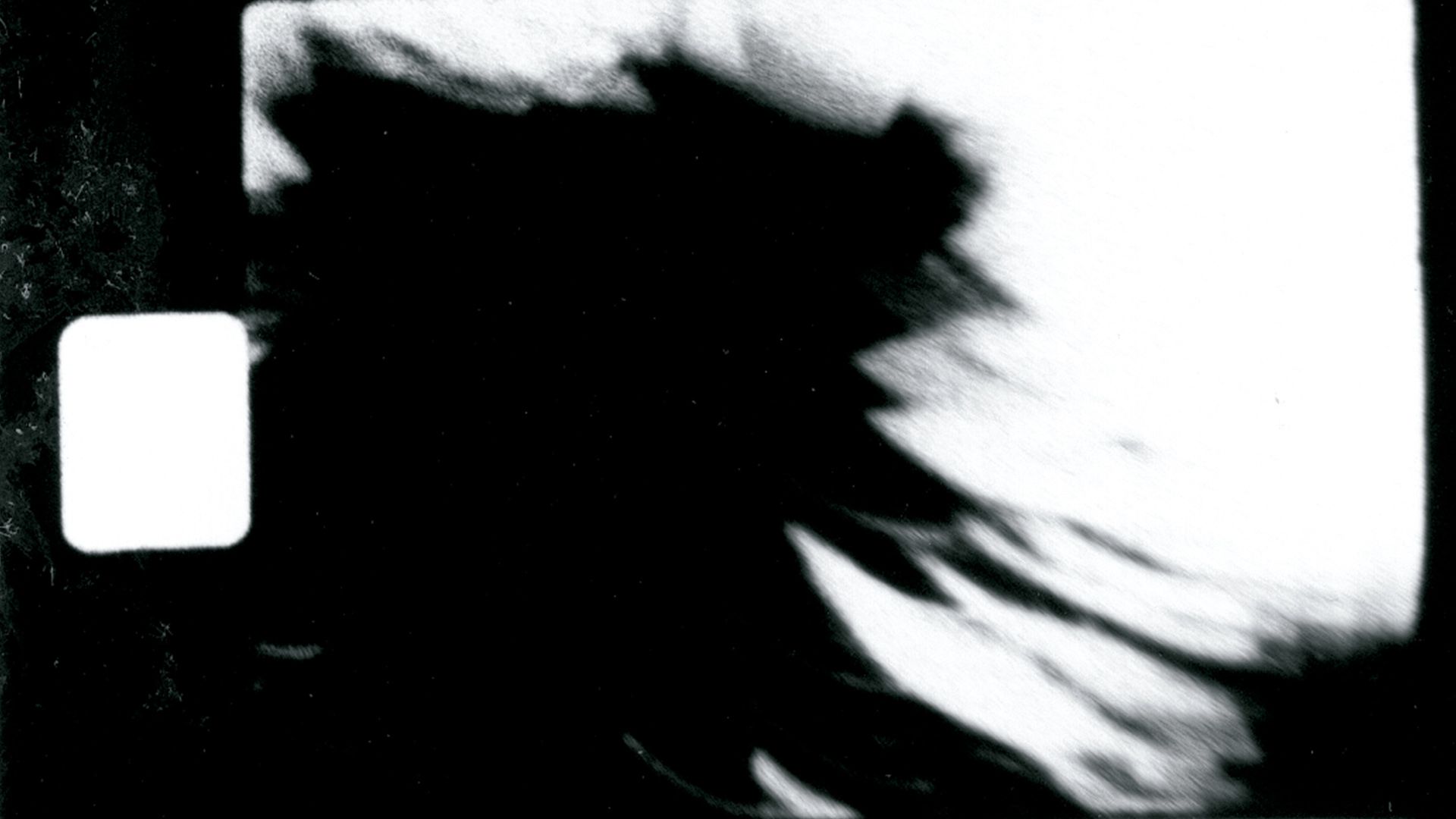
PALME D’OR
Marcelle Thirache, France, 1993, Super 8 a 16 mm, 4 min.
“Palm trees in Cagnes-sur-Mer. The camera’s quick movements play with the light and turn it into an abstract film revealing other forms, other materials. The camera-brush strokes the canvas where the sensuality of a small Mediterranean landscape becomes inscribed in movement.” (Marcelle Thirache)

MIDWEEKEND
Caroline Avery, USA, 1986, 16 mm, 8 min.
“Found footage material (Great Society educational films, reports, travel footage) edited with hand-painted film strips in quick sequences of one-to-three frames.” (Caroline Avery)

98.3 KHX: BRIDGE AT ELECTRICAL STORM
Al Razutis, Canada, 1967-73, 16 mm, 11 min.
“A repeated trip across the San Francisco Bay Bridge becomes a journey into visual disintegration, transformation into video, with a soundtrack taken from 40 Years of Radio, narrating the end of celluloid and the appearance of video.” (Al Razutis)
LIGHT CONE: CHROMATIC EXPERIMENTS
CARTE BLANCHE
This programme puts forward a set of films preserved in the Light Cone collection in 16 mm copies. The theme that lends structure to the selection is colour, and it aims to show how certain filmmakers have thought of colour-matter as a crucial component in their films’ composition. Colour is an element that has been worked on in multiple ways throughout the history of experimental cinema: directly filmed by the camera or subsequently introduced into the film (painting, collage, tinting), obtained through laboratory treatment or via specific optical systems. Many of these resources are explored in the films in this programme: in-camera editing, pixilation, flicker, overprinting, the use of filters, rotoscoping, optical printing, solarization, painting on film; all different techniques by means of which the colour emerges and turns into a primordial element. This session does not seek to take a tour of the canonical history of the uses of colour, but rather to celebrate certain experiments with it that enhance the vivacity and plastic possibilities of analogue cinema.
The basis chosen is avant-garde animated cinema, represented here by one of its leading figures, Oskar Fischinger. In 1933, Fischinger began making colour films thanks to Gasparcolor, a trichromatic separation process that enabled him to explore a combination of abstract forms of pure colours as a visual equivalent of the polyphonic structure in music. Those early visual music creations bear a relationship with the different theories which, as of the 17th century, have been proposing a direct analogy between the chromatic scale and musical harmony.
On trying to define his idea of absolute film, Fischinger criticized conventional cinema, conceived as a simple “moving photographed surface realism” in which the images were limited to a reproduction of the visible world. In the films presented here, the fischingerian inspiration puts forward and calls for a usage of colour far removed from any naturalistic concept of image that criss-crosses different eras and stylistic trends.
Fischinger’s studies into movement, rhythm and colour harmony have been essential for generations of animation filmmakers that came after his own, such as Jules Engel and Robert Breer. In Landscape, Engel composed his film frame by frame, creating a chromatic “score” that associates abstract painting with minimalist flicker film. In Trial Balloons, Breer used rotoscoping to combine filmed shots with sequences of animation in which he recreated and dilated the gestures and movements filmed with his camera.
As for Françoise Thomas, she was inspired by the methods of animation cinema to connect her shots to abstract graphic motifs; in Grapholetti, she re-filmed a series of shots in successive overprints, combining them with different chromatic surfaces so as to create poetic variations around the mysterious portrait of a woman smiling at the camera. This exercise of accumulating layers of colour was also used by Giovanna Puggioni in Quattro stagioni, a visual meditation whereby in-camera overprints of red, golden light and black spaces act like musical notes on a score.
The correspondences between music and colour were explored by Yann Beauvais in Divers-épars, a kind of deconstruction of the filmed diary based on a series of rhythmic correspondences between shots, bolstered by using colour filters and associated with the music of Alban Berg. While the chromatic scale has often been linked to musical harmony, studies on colour have also been associated with what is known in psychology as synaesthesia. Indeed, starting at the end of the 19th century, the ways in which colour in painting is related to perception and affects the viewer’s sensations have been explored.
There is a branch of experimental cinema that has been interested in the materiality of the medium and specifically its association with touch, which has sometimes been called “haptic cinema”. In Oblivion, Tom Chomont tells of the perception of the filmed body with the palpable, tactile sensuality of his images, working on the shots by means of alterations in colour (bi-packing, solarization, saturation, etc.) that appeal directly to our senses. Barbara Hammer also put the visual representation of touch into practice, especially in her research with the optical printer in the 1980s. In Place Mattes, Hammer links her own body to landscape shots, associated here with almost abstract chromatic surfaces (fire, ice) that heighten the relationship between touch and the optical effects created by using masking.
In their works, Marcelle Thirache and Caroline Avery have explored the materiality of the medium of film and how it is related to painting. Shot in Super 8, camera in hand, Palm d’or by Thirache is a celebration of colour conceived as a mere function of the variable refraction of white light: the camera movements thus inscribe light onto celluloid like a brush moving over a canvas. In Midweekend, Avery recycles and deconstructs images from found footage, eclipsing the movement and continuity between the figurative shots with the colour painted directly on the film. By examining the main characteristics of colour (luminosity, saturation, texture), these films reveal a type of purely haptic visuality that invites our gaze to move over the surface of the images and instead delve into the illusionistic depth.
The last film of the session, defined by its auteur as a synesthetic experience, is made from a series of optical and videographic treatments given to the images. In 983 KHz: Bridge at Electrical Storm, Al Razutis uses repeated shots of a journey across a bridge to create chromatic variations that progressively lead the images towards abstraction, and even to their own destruction through chemical disintegration and the overlaying of abstract shots created using a video synthesizer.
Miguel Armas
